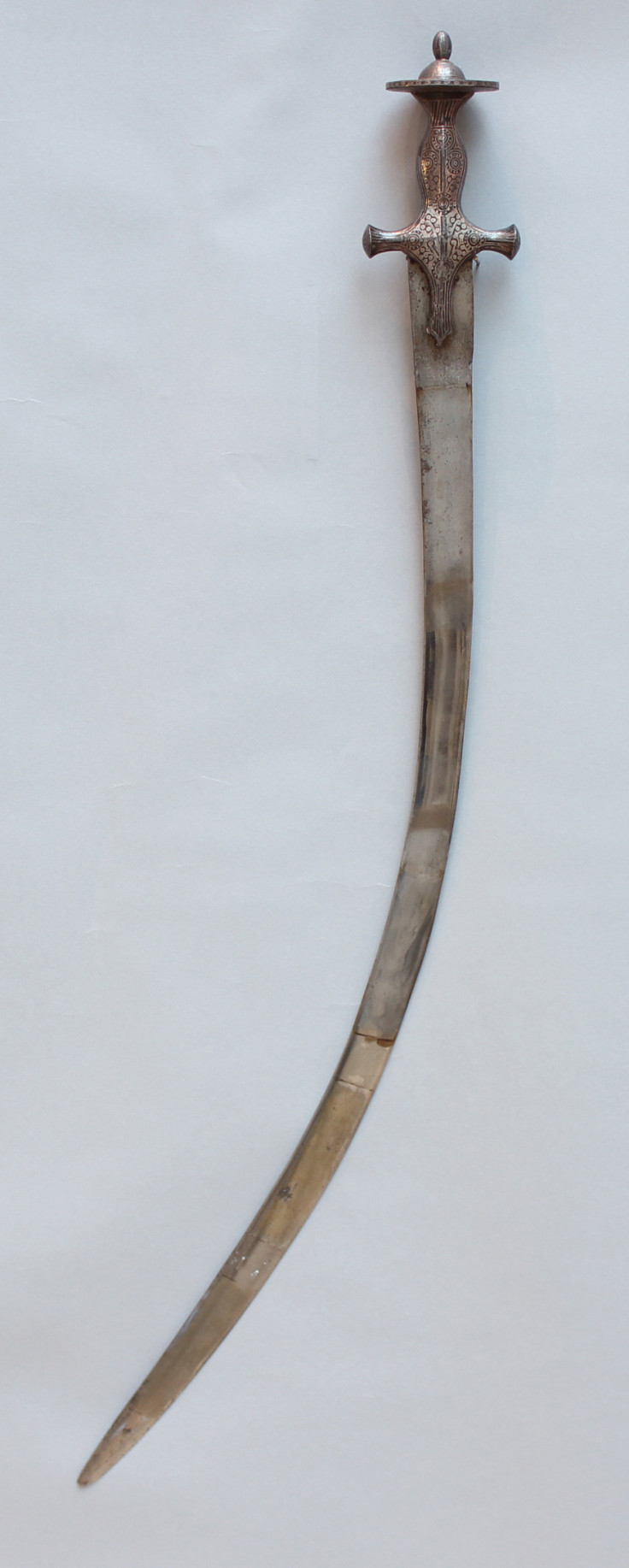18th century Indian sword made of pure steel was forged using unique technique

A 75-centimetre long Indian sword made in the late eighteenth century and probably used in battle has been shown to be made of pure steel and crafted using unique forging methods.
Scientists and conservationists from Italy and UK used non-destructive techniques to study the cured, single-edged sword called shamsheer.
Craftsmen probably cast ingots to cool down very slowly before forging them carefully at low temperatures. Instead of plunging into a liquid, they allowed the blade to cool in the air.

This is what led to the band-like pattern caused when iron and carbon crystallise into cementite.
The study, led by Eliza Barzagli of the Institute for Complex Systems and the University of Florence in Italy, is published in Springer's journal Applied Physics A - Materials Science & Processing.
The high carbon content shows the sword is made of wootz steel, the kind used historically in India and Central Asia to make high-quality swords and other prestige objects.
Micro-etching was done to enhance the "watered silk" pattern of wootz steel though much of this has been obscured or removed down the years.
"A non-destructive method able to identify which of the shiny surface blades are actually of wootz steel is very welcome from a conservative point of view," Barzagli said.
The sword from the Wallace Collection in London was made in India with Persian design that gave rise to a family of similar weapons called scimitars being forged in various Southeast Asian countries.
Classical metallography and a non-destructive neutron diffraction method allowed the researchers to test the differences and complementarities of the two techniques.
The sword was analysed at the Rutherford Appleton Laboratory where non-invasive techniques were used to discern the processes and materials behind its forging.
"Ancient objects are scarce, and the most interesting ones are usually in an excellent state of conservation. Because it is unthinkable to apply techniques with a destructive approach, neutron diffraction techniques provide an ideal solution to characterize archaeological specimens made from metal when we cannot or do not want to sample the object," said Barzagli, explaining why different methods were used.
© Copyright IBTimes 2025. All rights reserved.





















